Tsushima Shrine In Kagawa - Visit The Guardian Deity Of Children

Tsushima Shrine is a mystical spot on a small island in Kagawa only accessible on August 4 and 5 during the Great Summer Festival. JR Tsushimanomiya Station, aka “The Station With The Shortest Operating Hours” in Japan, also opens in conjunction and is a must-visit for train enthusiasts.
Open Only Two Days A Year! Tsushima Shrine and Tsushimanomiya Station
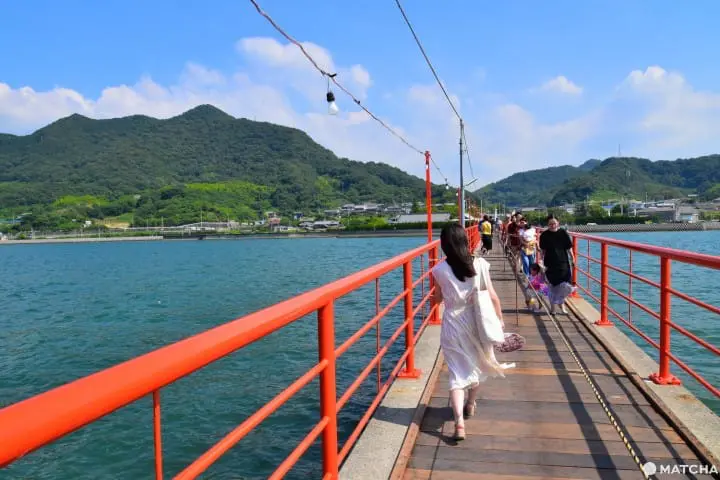
Tsushima Shrine, located in Mitoyo City, Kagawa, is a sacred place only accessible on August 4 and 5 during the Great Summer Festival. The beauty of this small island in the Seto Inland Sea paired with the shrine’s deities—protectors of marriage, easy child-birth, and children’s well-being—make it a popular spot for couples and families with children.
Tsushimanomiya Station is also popular with train enthusiasts as “The Station Where Trains Only Stop Two Days A Year.” In this article, we will provide a history of the shrine, access information, and our on-site festival report!
The Legend of Tsushima Shrine’s Guardian Deity of Children
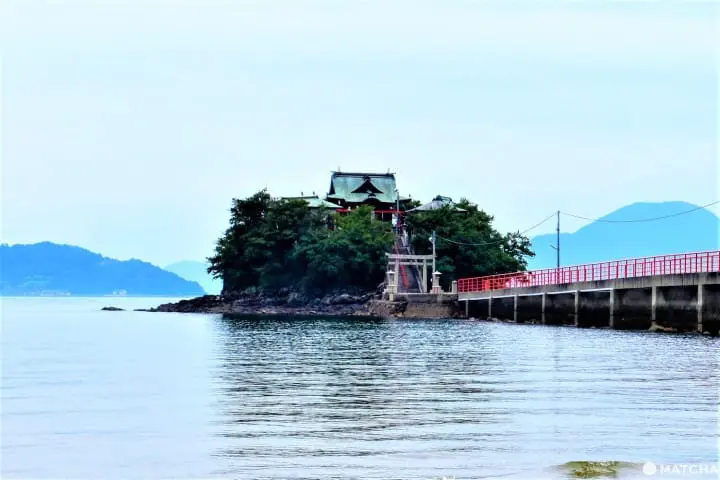
One summer in the 1590s, the voice of a woman singing was heard from the island that has now become home to Tsushima Shrine. The nearby villagers found this occurrence bizarre and, through the help of a medium, received a revelation.
“I am the guardian deity of the sea and storms. Plant trees and enshrine me on this island. Do so and I shall protect your children and livestock.” When the villagers heard this, they built a torii gate on the island and vowed to hold a festival.
Later, when an epidemic was spreading in the vicinity, it is said that only the children and livestock in the area near Tsushima Shrine did not die. And such, a deep faith in Tsushima Shrine was born.
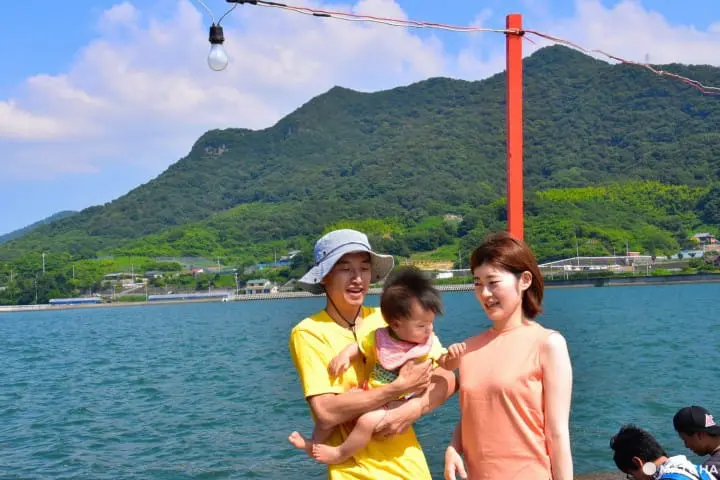
Long ago, worshippers would visit the shrine by boat. It is said that on the day of the festival, the area around the island was a cluster of boats and crafts. However, in 1933, a bridge was built and people presently use it to visit the island.
During the two days in August (the 4th and 5th), the island has over 50,000 visitors, including small children who are the center of this festival.
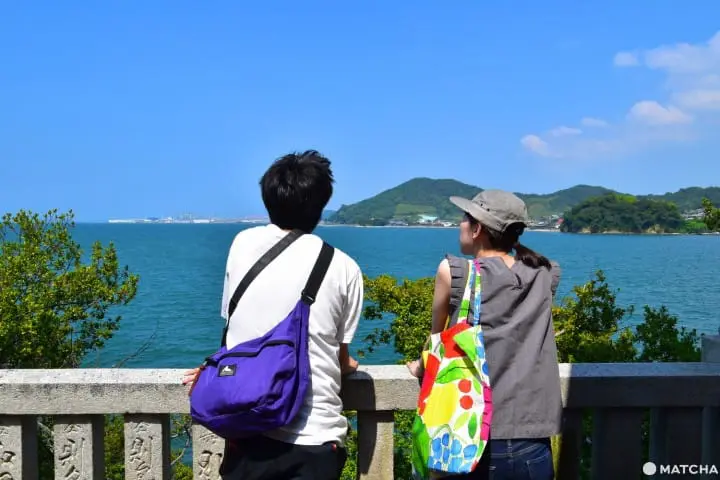
There are also many couples among the visitors, including those who get married after visiting and even some who hold weddings at the shrine. Tsushima Shrine is not only beloved by locals, but also by families and couples who come here to make plenty of pleasant memories.
Children’s Smiles all around! Our Festival Report!
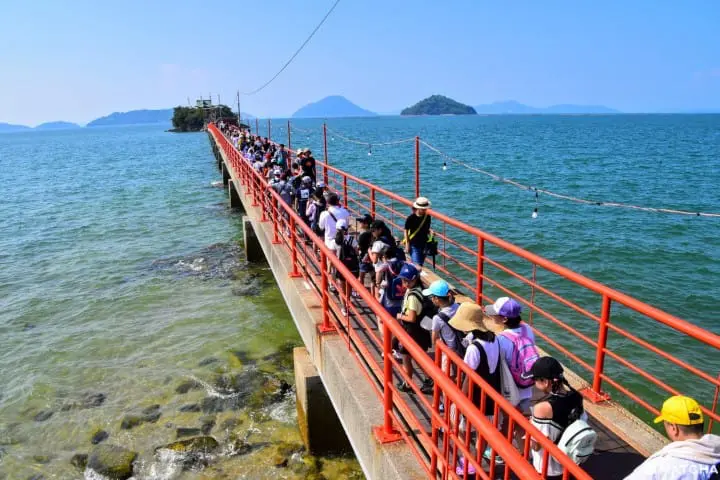
We went to cover the first day of the festival on August 4, 2019. Here is a report of what we saw.
Tsushimanomiya Station: A Hot Spot for Train Enthusiasts
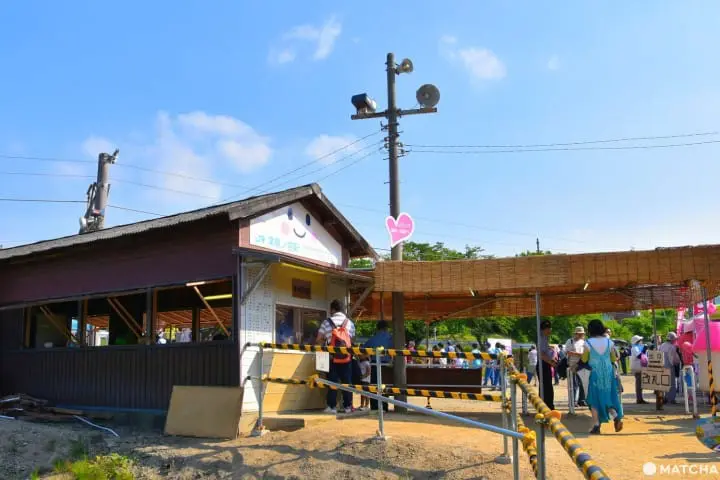
First, we boarded the JR Yosan line to Tsushimanomiya Station. A popular station among train enthusiasts, its mascot “Tsushinomiya-eki Chan” will be there to greet you after embarking off the train.
Try Some Shave Ice while Heading to the Shrine!
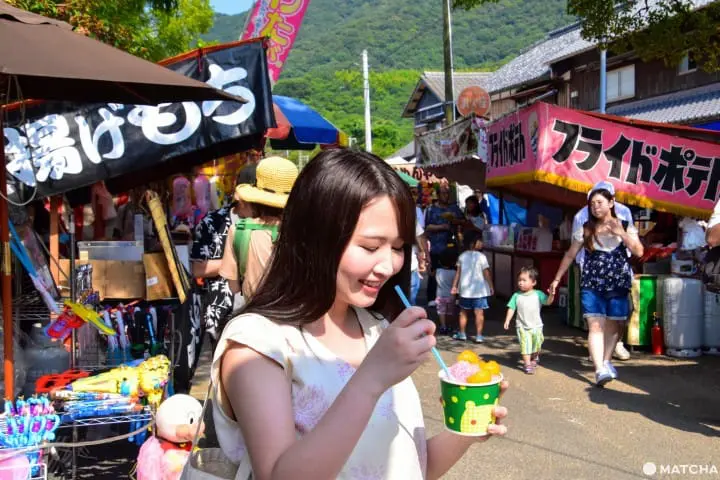
The road connecting the station and the island is packed with food stalls where you can enjoy shave ice and a refrehing Japanese dessert called "tokoroten": jelly noodles made from red algae in seaweed. The texture is a bit firmer than gelatine and is a treat that will tastily slide right down.
Pray for Your Children’s Health at the Main Shrine
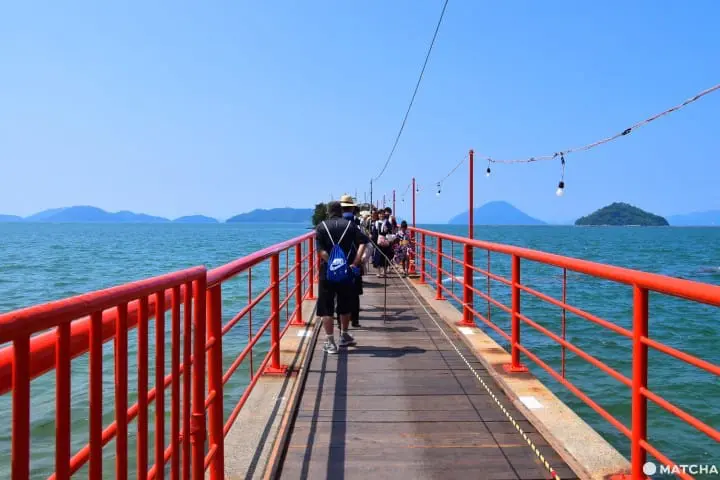
Once you have finished eating, head to the shrine. The fee for crossing the bridge is as follows: 300 yen for adults, 100 yen for children and free of charge for infants. You can pay at the office located before the bridge. The overpass itself is very well constructed so you need not worry about bringing children or strollers.
Standing on the bridge feels as if you're walking on the sea! The combination of the calm blue sea and vivid green mountains is a view distinct to the Seto Inland Sea.
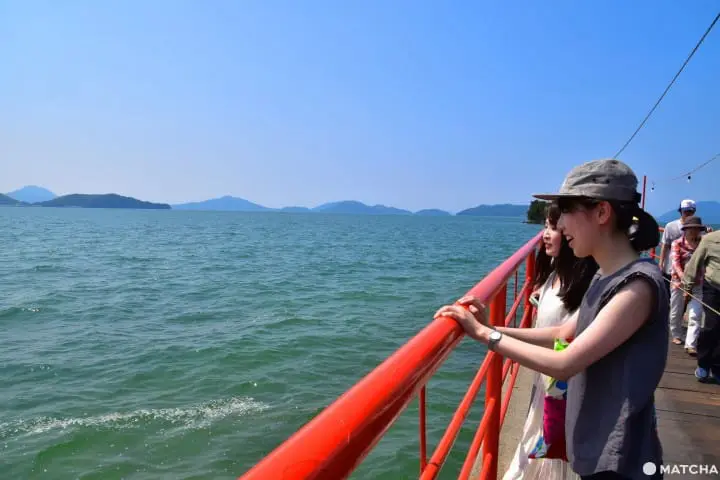
Although the weather was really warm the day we went, the sea breeze was cool on the bridge and we took a moment to revel in the soothing current.
While it is officially called Tsushima Bridge, it is known among the locals as “Shiawase Bridge” (The Bridge of Fortune) because it is believed that crossing it will bring happiness. Indeed, surrounded by the beautiful scenery, we could smell the scent of fortune carried on the pleasant breeze and began to feel excited.
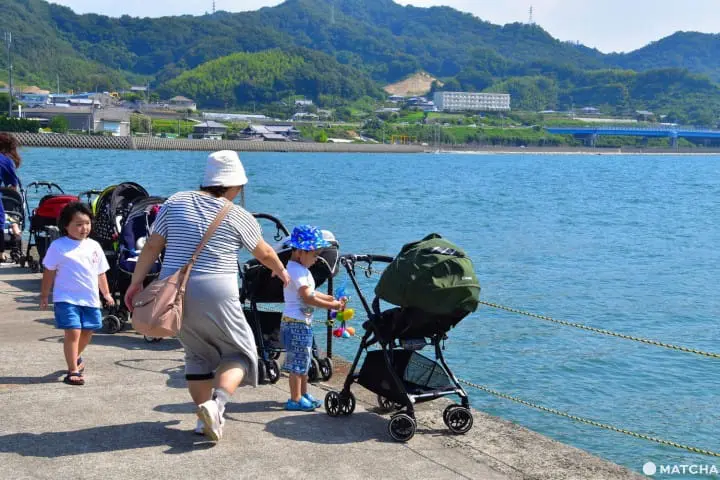
After a five-minute walk, you’ll arrive at the island. There’s an area where the bridge widens before the island where you can park strollers.
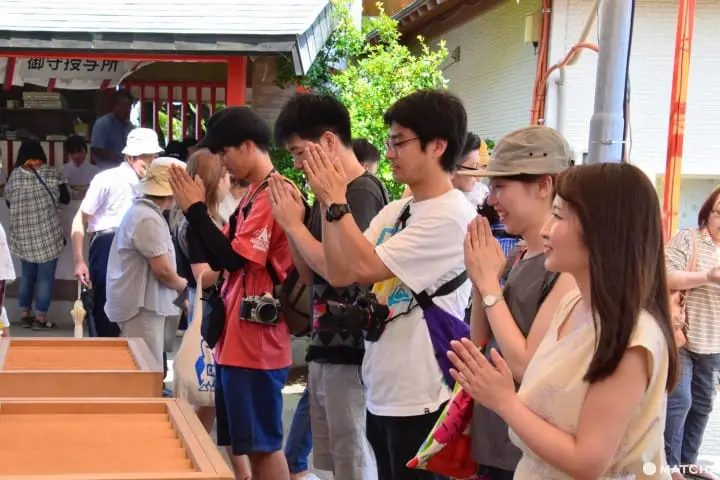
Pass under the torii gate then climb the stairs to arrive at the main shrine where you can pray. For instructions on how to properly pray at a Shinto shrine, please check this MATCHA article.
The deity at Tsushima Shrine is Susano'o-no-Mikoto, a god from Japanese Mythology who famously slew the great serpent Yamata no Orochi. Praying here will apparently make one's children grow up to become healthy and kind.
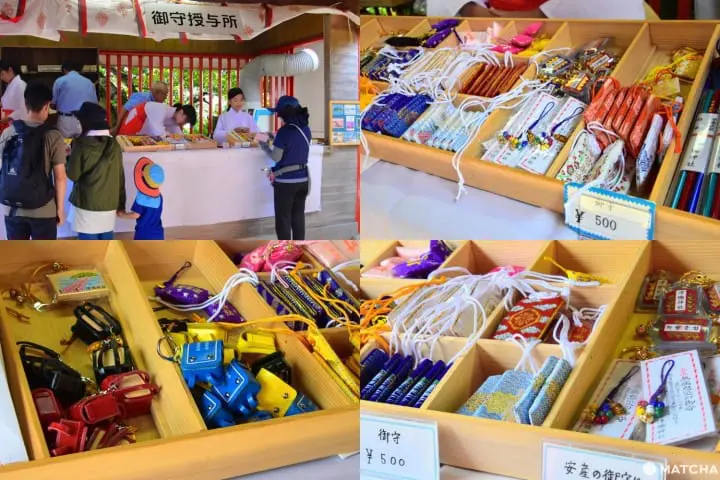
You can also buy some very sweet charms. There are various omamori for marriage and protection during childbirth. The ones in the shape of a “randoseru” (a backpack that Japanese elementary school children use) particularly stand-out. Why not take one home as a souvenir of your trip?
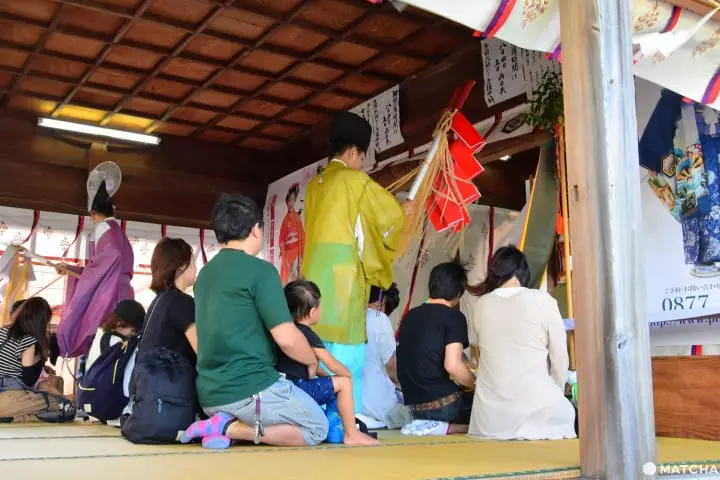
You can also take part in a prayer where the head priest will pray for your child’s good health and safe delivery. (The sign up desk is in Japanese only and the fee is 3,000 yen.)
On this day, there were many parents visiting with their children. We found it heartwarming to see so many parents whose love and prayers for their children to grow up healthy had brought them here.

The area around the island has plenty of shoals where children were playing. We also felt like removing our sandals, rolling up our pants and taking a dip.
Sunset and Fireworks
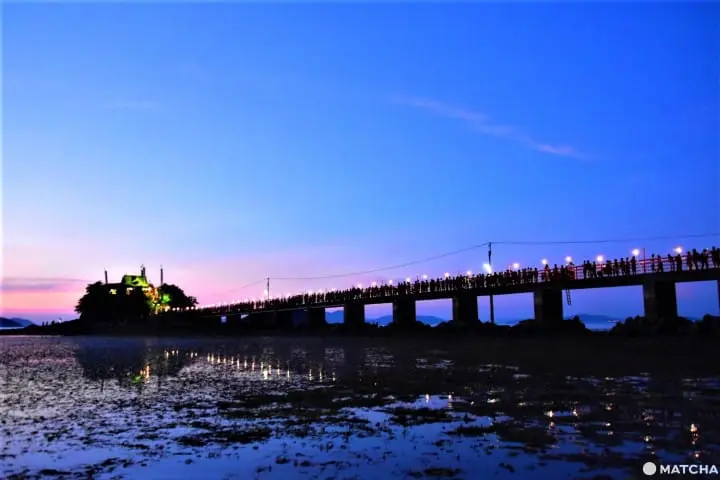
At the time of the festival around the beginning of August, the sky begins to darken around 18:30. We were spellbound by the magical sight of the lights on the bridge twinkling against the canvas of blue gradually turning scarlet.

For about 40 minutes at 20:00, you can view fireworks on the left side (facing the island) of the bridge. For those who want to get a close look, we recommend watching from either the island or bridge. However, due to the large crowds, it’s best to grab a spot ahead of time.
For those who prefer to enjoy the fireworks with their loved ones in a quieter place, we recommend a spot a bit further off. You can enjoy watching them from the stairs leading to the mainland beach or the area around the station or shrine.
The Quieter Side of Tsushima Shrine
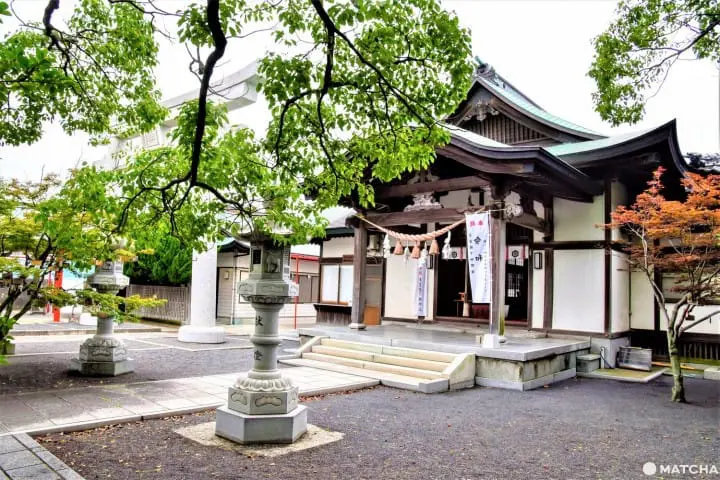
The highlight of Tsushima Shrine is without a doubt the festival on August 4 and 5. But you can also experience the charm of this beautiful shrine outside of these dates, too.
Blow Away Your Troubles in the Wind
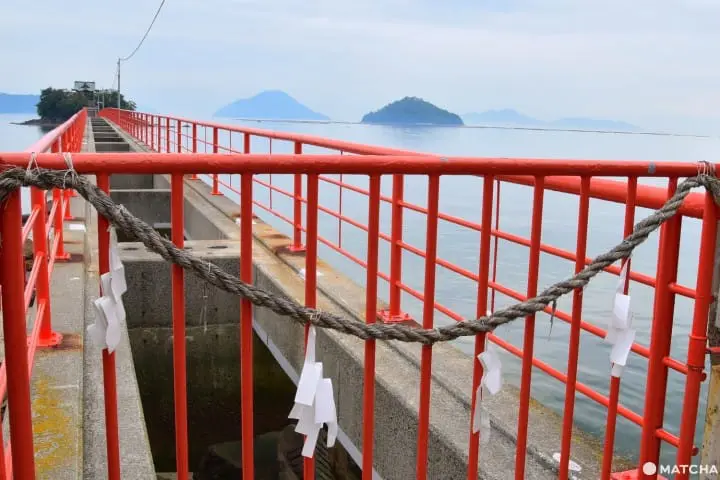
Outside of August 4 and 5, the bridge leading to the shrine is closed. However, you can go right up to the bridge entrance.
Normally, in this area around Tsushima Shrine, the wind blows from the island in the morning and from the inland in the evenings. Standing here, you can take in the power of the island’s god simply by feeling the gust of morning winds. And in the evenings, you can blow away all your stress and worries in the wind going out to sea.
Take Photos of the Setting Sun
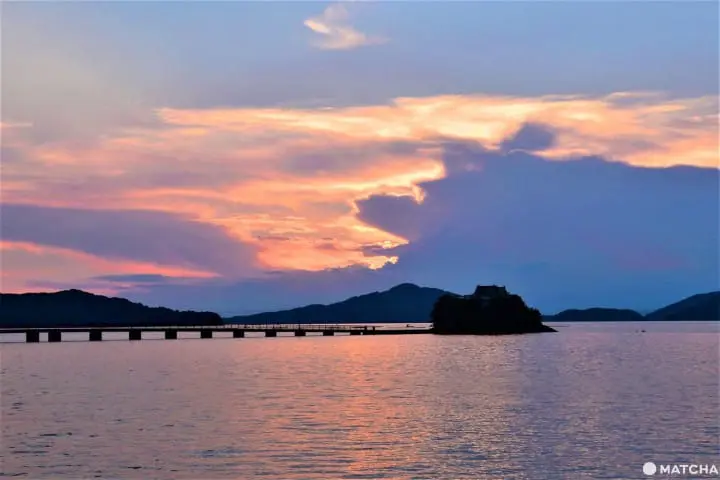
On either side of Tsushima Shrine, you can take some wonderful photos of the sacred site floating on the sea. Especially as the sun is setting, if you walk a little to the right side of the island, you can view the sunset behind the bridge.
As the sunset paints the gently swaying ocean and you find yourself staring at a scene straight from a dream, you may begin to feel some of your troubles wash away.
Access To Tsushima Shrine and Suggestions
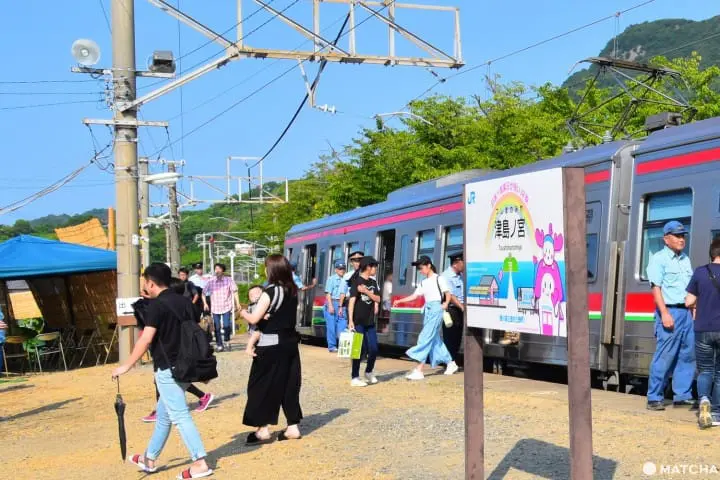
During the festival on August 4 and 5, it’s incredibly hard to find anywhere to park, so we suggest taking the train wherever possible. Outside of those dates renting a car is the way to go. At Takuma Station—next to Tsushimanomiya Station—you can rent cars and bikes from OPEN Air Rental Cars & Bikes (Japanese).
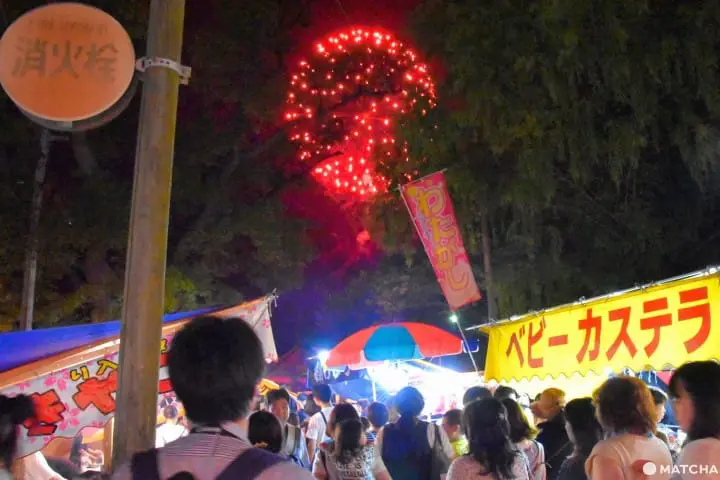
The festival goes on from 6:00 to 22:00 with crowds dispersing from 13:00 to 15:00. On the other hand, please be aware before the fireworks commence at around 18:00, large lines heading to the island are filled with visitors. The mornings are also often very crowded.
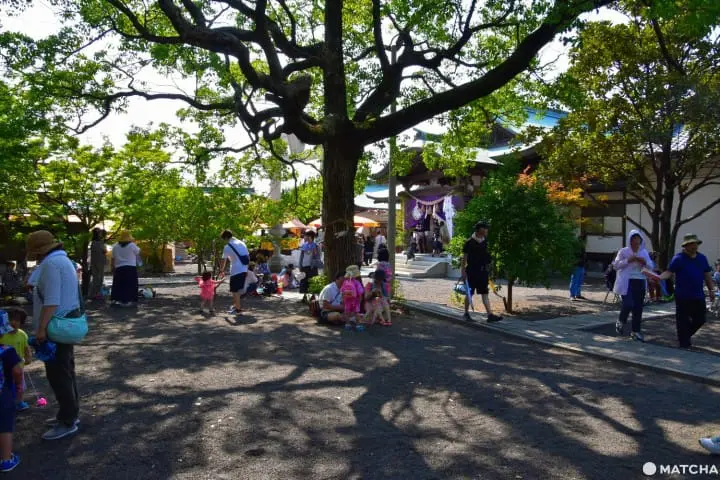
Around the beginning of August is Japan’s hottest season so bring a hat and some water. If you feel tired, you can find some shade on the shrine grounds before the bridge to properly rest up. There is also a room for breast-feeding mothers nearby.
Be Sure to Check Out Chichibugahama Beach and Kotohira Shrine, too!
Near Tsushima Shrine, you can also find Chichibugahama Beach—renowned as Japan’s number one sunset spot—and Kotohira Shrine, one of Japan’s most famous shrines.
If you go to Tsushima Shrine, why not make a trip of it and check out the surrounding areas, too!
Written with Fumiko Ohnuma
In cooperation with Tsushima Shrine










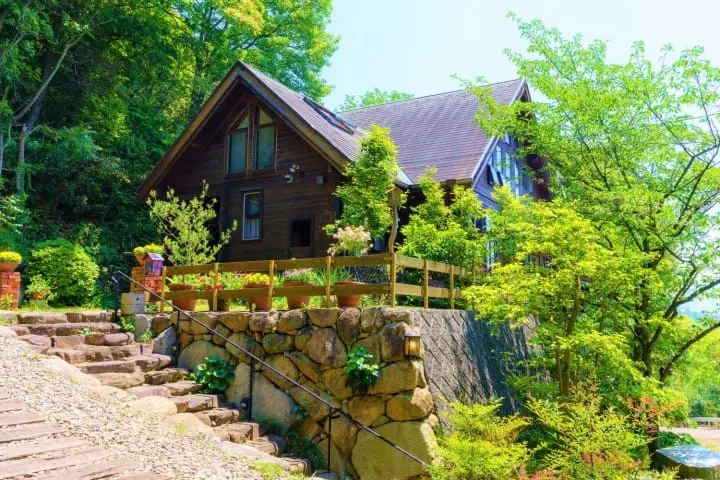



























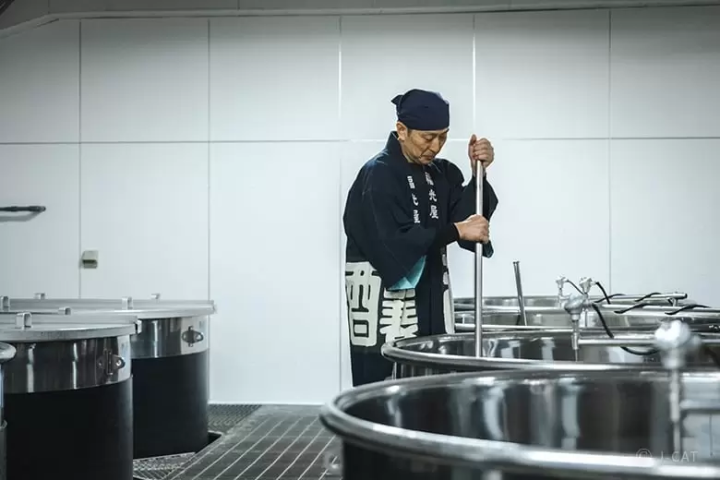
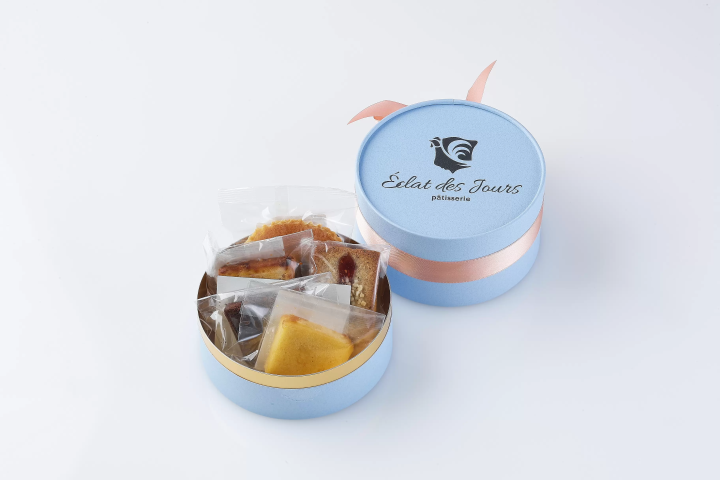
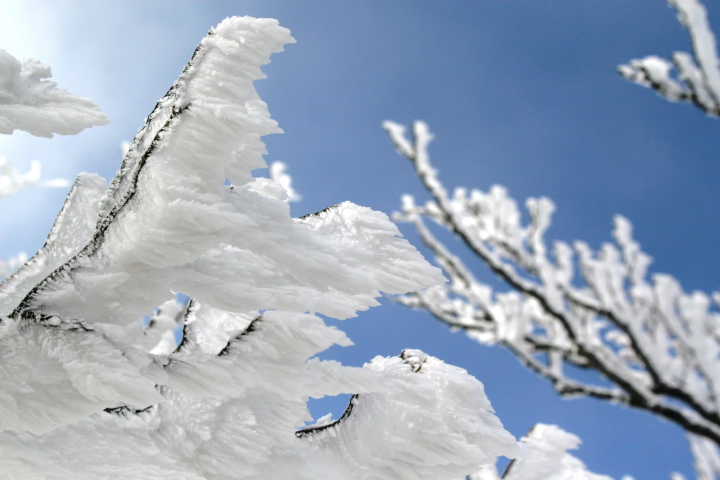
![[Latest] Complete Guide to atmos Exclusive Sneakers and Special Edition Models | Apparel and Upcoming Releases](https://resources.matcha-jp.com/resize/720x2000/2025/12/12-252706.webp)
![[2025-2026 Edition] Four Ski Resorts in Hyogo Prefecture Yabu City Opening on December 27th!](https://resources.matcha-jp.com/resize/720x2000/2025/11/28-251434.webp)